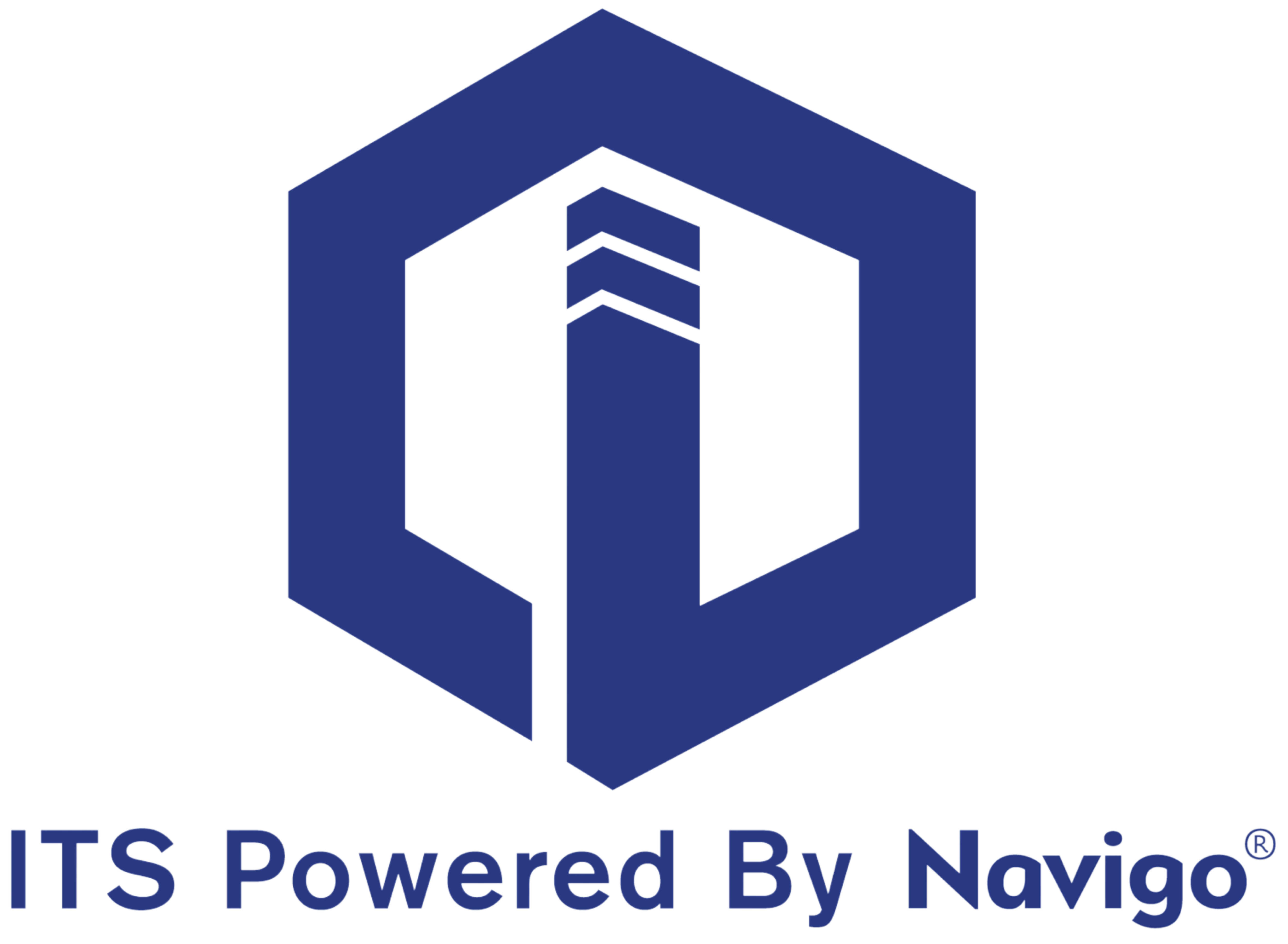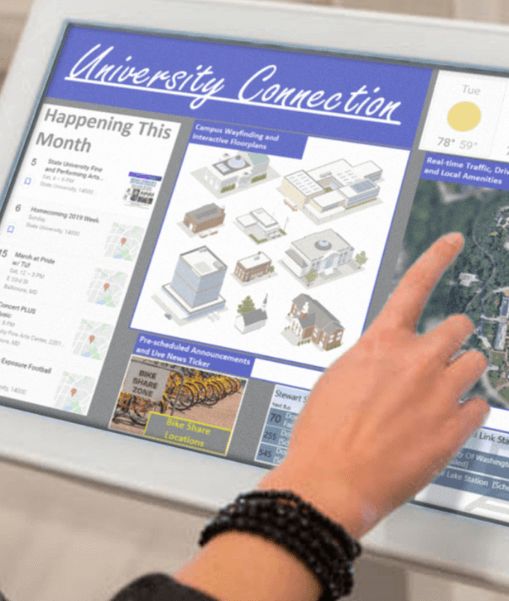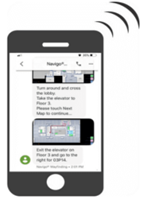Headquarters
7150 Columbia Gateway Drive, Suite L, Columbia, MD 21046
New York Location
112 West 34th Street, 18th floor, Room 18025 New York, NY 10001

Proud member

In the sprawling campuses of colleges and universities, finding your way around can sometimes feel like embarking on an epic quest. The labyrinthine corridors, multiple buildings, and a maze of classrooms often leave students and visitors bewildered. Fortunately, the digital age has ushered in a new era of navigation – one where traditional maps and static signs are replaced by interactive and dynamic digital wayfinding systems.
Imagine this: It's the first day of classes. A freshman, wide-eyed and eager, stands in the middle of the campus, armed with a smartphone. Instead of flipping through a crinkled paper map, they rely on a digital wayfinding app that seamlessly guides them to their first lecture hall. This scenario represents a growing trend in educational institutions worldwide, where technology is transforming the way we navigate campuses.
But, as you will see in a moment, there is more to digital wayfinding than simple navigation. It brings with it many unforeseen benefits and can help schools take steps toward meeting their goals of inclusivity, accessibility and more.
Schools put a lot of emphasis on facility and grounds updates and don’t realize that the unique upgrades they provide do not provide the return on investment they would like if the campus itself is not easily navigated.
A busy college campus can be a chaotic bustling place. Potential visiting students and new students need to be able to easily navigate the campus. College applications and new student success is partially dependent on these students having a good campus experience.
Getting lost or being frustrated while navigating a campus will take the focus away from the essential items that lead to student success and add unnecessary stress. Not only does digital wayfinding give students and potential students confidence while walking around campus, but it can also help aid in the campus's safety efforts.
Let’s explore in depth, how digital wayfinding signage can help improve the student experience and help colleges reach their goals.
When setting budgets and deciding on facility upgrades, digital wayfinding is rarely at the top of the list. We know helping students, parents, and visitors navigate the premises is important but how impactful is it?
As a digital signage provider, we have been able to see firsthand how digital wayfinding signage has ended up providing many additional secondary benefits that a school would not have thought of. Below we have highlighted some of the common benefits we see for schools that adopt digital wayfinding signage.
Enhanced Visitor Experience
The use of digital wayfinding has not only benefited students but has also elevated the experience for campus visitors. While your college may offer tours, a majority of students choose self-guided tours. Taking away the stress of navigation can help them focus on the exciting things happening around them and improve their overall satisfaction.
Improved Matriculation Rates
A major reason colleges invite students to visit is because visiting the college in real life improves the likelihood of applying and attendance. According to a recent BHDP survey, Fifty percent of respondents stated the on-campus visit results in a matriculation rate of 50% or greater.
A digital wayfinding system can help improve matriculation rates by improving the overall visitor experience.
Cost Savings and Green Practices
Implementing digital wayfinding solutions may require an initial investment, but the long-term benefits are significant. Campuses can see a decrease in the number of printed maps and traditional sign maintenance costs after adopting a digital wayfinding platform. Long-term this can help save money on print costs and can be an additional aspect of any green initiatives your school is striving for.
Aids in Inclusion
Inclusion is more important for schools than ever before. This usually takes the form of education and facility updates but what about getting around campus? Language barriers and finding handicap-accessible routes remain issues on many campuses. Having a digital wayfinding directory that can address these sorts of issues can help make every aspect of a campus more inclusive.
Improved school safety
Schools are constantly looking for ways to improve the safety of their students. From safety alerts to emergency response plans, there are many active practices in place to keep students safe. In addition to navigation, a digital wayfinding kiosk can also help improve safety. With digital wayfinding, a student who hurts themselves can find the nearest first aid station, the display can be equipped with an emergency call system, and the wayfinding display can show the nearest emergency exits inside of a building.
Digital wayfinding signage is superior to traditional methods due to its real-time updates, interactivity, and cost-effective remote maintenance. With digital technology, digital signage offers many solutions that are not available with traditional wayfinding methods.
Interactive Maps

A standard for digital wayfinding. Campus can utilize 2D or 3D interactive maps to help students find the building they are looking for. These maps can be customized
Auto-generated routes
Maps are fantastic, but having auto-generated directions is even better. This is especially useful for those with accessibility needs.
With auto-generated routes, students can find wheelchair-friendly routes, find directions to a bathroom, and toggle between various routes to find a favorite way to get from point A to point B.
Smartphone integration

Smartphones bring a much-needed element missing from traditional wayfinding. With a digital wayfinding directory that integrates with smartphones, students can have maps and directions sent directly to their phones.
No more getting halfway to a building and getting lost. No more snapping photos of the map and trying to figure out where to go. And no missing a classroom once inside a building.
Language Settings
For diverse universities and colleges, wayfinding systems should be equipped with a language toggle feature. This gives students, parents, or other visitors the ability to change the display’s language to their native language for easier navigation.
Digital wayfinding solutions provide dynamic, customizable information, that allows schools to create an improved campus experience for everyone.
As colleges and universities embrace digital innovations like digital wayfinding systems, the data overwhelmingly supports the positive impact on inclusion, experience, and overall satisfaction. It is a simple yet effective way to aid in a school’s goals.
Is your campus looking to improve visitor experience? Do you want to add more modern conveniences to make your school more attractive? Are you looking for ways to make your campus more accessible and inclusive?
Then consider a digital wayfinding system. It is a small but effective way to start bringing about positive change on one’s campus.
Explore itouchinc.com for more information on our solutions or contact us for needs unique to your property or project.
7150 Columbia Gateway Drive, Suite L, Columbia, MD 21046
112 West 34th Street, 18th floor, Room 18025 New York, NY 10001

Proud member
Toll-Free
Phone
© Copyright 2025 ITS, Inc. All rights reserved.
Stay in touch with the latest news and updates from ITS, Inc.
7150 Columbia Gateway Drive, Suite L
Columbia, MD 21046
112 West 34th Street, 18-025
New York, NY 10001